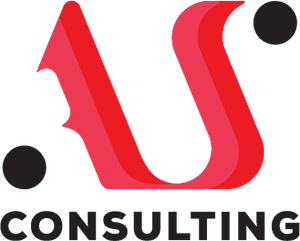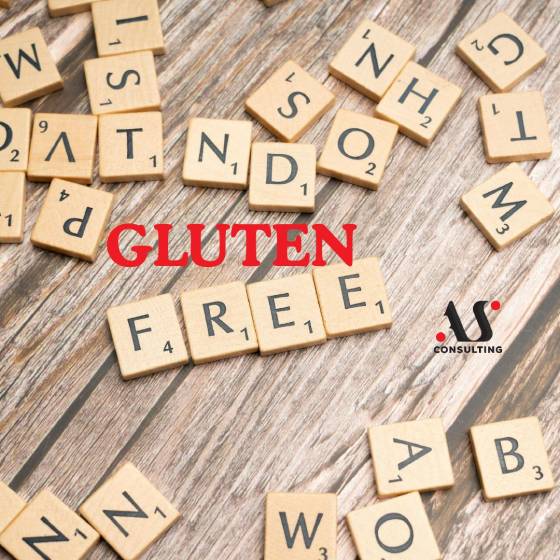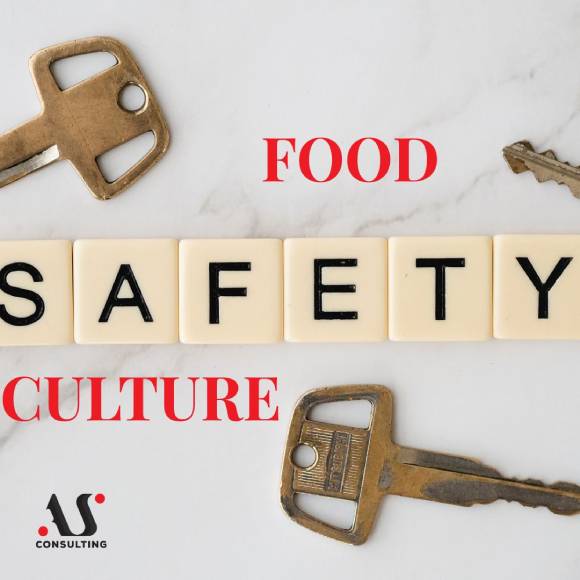
HACCP SYSTEM
November 24, 2020
HEALTH AND SAFETY AT WORK : STANDARD ISO 45001:2018
February 24, 2021In order to make sure that products and services meet the set requirements, that they have certain characteristics in terms of quality, reliability, safety, efficiency, it is necessary to resort to assessing their compliance. The process of proving that the characteristics of a product or service meet the requirements of standards, regulations and other specifications is called conformity assessment. Conformity assessment is useful both for consumers, who thus gain confidence in products and services, and for manufacturers and service providers who receive confirmation that their products and services meet the requirements and expectations of users.
Methods for proving conformity are: testing, inspection, supplier’s declaration of conformity and certification. Conformity assessment can be performed by suppliers of products or services, customers, as well as other interested parties, and based on that there are conformity assessments:
• first parties – internal audit (the party that provides the product and which is responsible for its compliance with the required requirements: specification of the first party, customer requirements, legal requirements.)
• second parties – customers (the party interested in the subject that defines its requirements and is responsible for ensuring compliance of products with these requirements)
• third parties – certification body (independent party in relation to the first and second party).
Internal audit is one of the verification activities by which the company confirms that the management system complies with the requirements of the applicable standard. It is an ideal tool for organizations to assess the effectiveness of management systems and leads to continuous improvement.
In order for internal audit to be effective, it needs to be conducted by a competent person, independent of the department being audited. An internal audit may be conducted by an internal team of auditors or an individual auditor but provided that independence is ensured about the department being audited.
The internal auditor must know the standard in accordance with whose requirements the conformity is being checked. The competence of the auditor is ensured by his education, work experience and training.
The objective is to get a picture of the system’s deviation from the set goals and opportunities for improvement. This can be displayed via the PDCA cycle:
• P-PLAN: gathering information, defining objectives and selecting internal auditors
• D – DO: conducting internal audits and presenting internal audit reports
• C – CHECK: implementation of corrective actions in response to non-conformities / deviations identified by internal audit
• A – ACT: implement improvements
How to conduct an internal audit, we will explain on the example of food safety management system standard:
IFS Food standard ver 7:

Internal audit is a “Knock out” requirement in the IFS Food standard (and a “Fundamental” requirement in the BRC Food standard). Thus we see the importance of this type of verification for the organization. In order to meet the requirements, in this example, of the IFS Food standard, it is necessary to have:
1. Effective internal audit program: annual internal audit plan
2. Internal audit plan (with a clearly defined audit schedule and an auditor who audits a specific sector)
3. Check list of the valid version of the standard according to which we will examine at least all the requirements of the standard once a year
4. Competent auditors (audit team) independent of the examined department
After a successful audit, the audit findings are presented in the report from the internal audit to the audited sectors, corrective actions are taken for deviations / non-conformities resulting from the audit and their effectiveness is assessed.
It is in the company’s interest that the internal audit is conducted professionally and efficiently in order to implement system improvements. Our agency offers assistance in conducting effective internal audits. For more information you can contact us !!!



